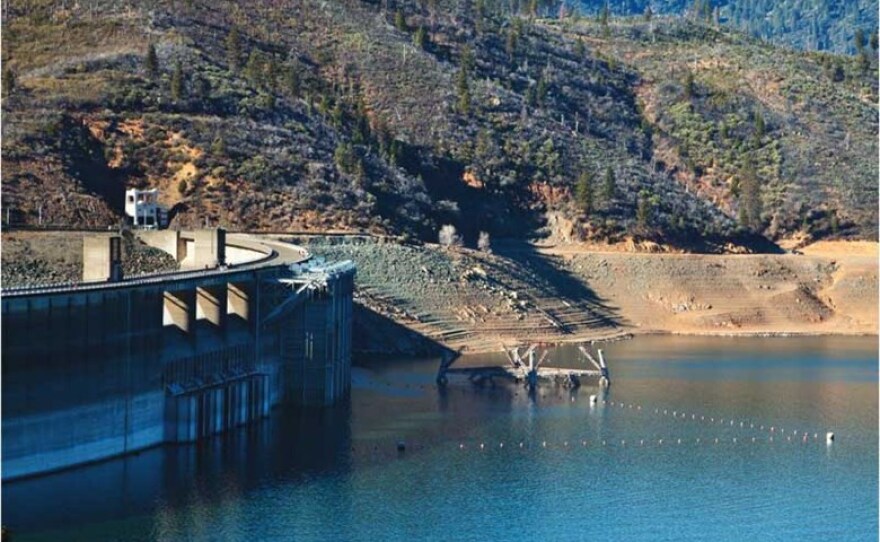The Pacific Institute says there is less hydroelectricity and more expensive electricity, due to the diminished river flows as a result of the California drought.
In its study, the Oakland think tank, which focuses on water issues, said with reduced hydropower, the state has increased the use of natural gas to produce electricity. Along with higher utility bills, it also means more emissions of climate-changing greenhouse gases are released.
“This severe drought has many negative consequences," said Peter Gleick, Pacific Institute President and the report's author. "One of them that receives little attention is how the drought has fundamentally changed the way our electricity is produced. We hope this report prompts a lively debate on how to factor in a changing climate when we plan for electricity generation."
Gleick said during the 2011- 2014 drought period, burning more natural gas to compensate for limited hydropower led to an 8 percent increase in emissions of carbon dioxide and other pollutants from California power plants.
"Between October 2011 and October 2014, California’s ratepayers spent $1.4 billion more for electricity than in average years because of the drought-induced shift from hydropower to natural gas," Gleick said. "In an average year, hydropower provides 18 percent of the electricity needed for agriculture, industry, and our homes. Comparatively, in this three-year drought period, hydropower comprised less than 12 percent of total California electricity generation."
Gleick said if the current drought persists, water flowing to drive hydroelectric turbines will continue to shrink. He said this means "more expensive and polluting natural gas - compared to hydroelectricity - will become a larger percentage of California's electricity production."
The study shows that, factoring in the dry years from 2007-2009, the total additional energy cost to the state’s electricity users during the six years of recent drought was $2.4 billion.
Gleick said the study highlights the need to increase the use of renewable energy sources, such as wind and solar.
"It's [solar, wind] still a small fraction of our total electricity production, but it's growing," Gleick said. "If we can replace natural gas with solar and wind during drought years, that's a good thing."







